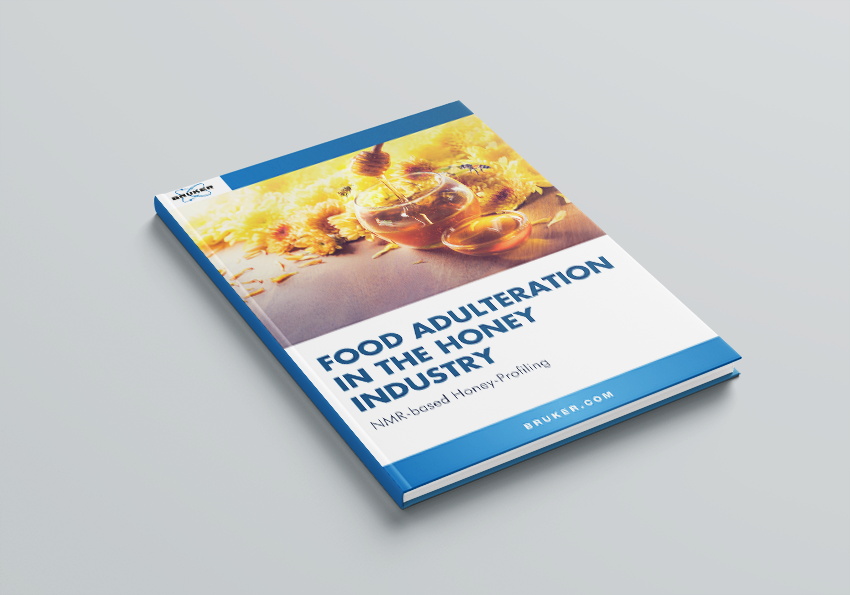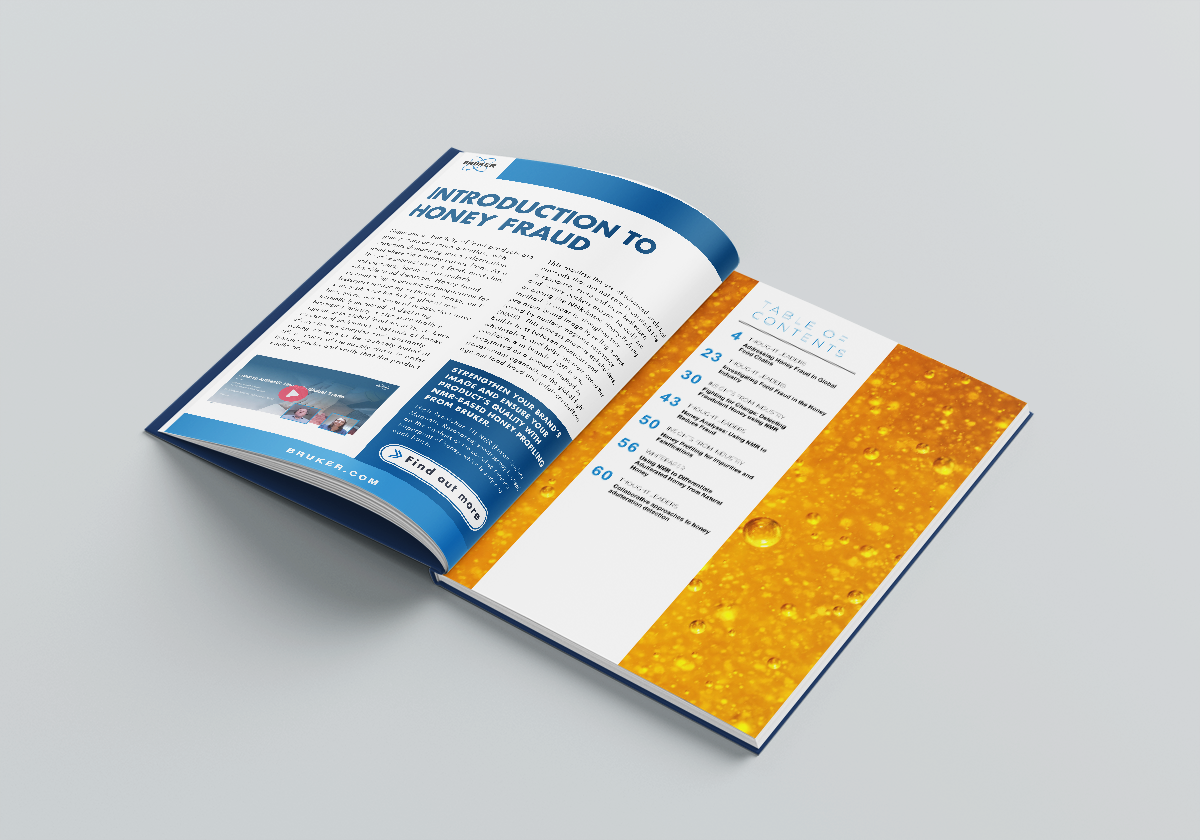The origin and authenticity of food products are gaining more and more attention, with consumers demanding more information about where their honey comes from. As a high value product used in food, medicine, and cosmetics, honey is particularly vulnerable to adulteration. Honey fraud has devastating economic consequences for beekeepers producing authentic honey, as it is responsible for the fall in global raw honey prices, while costs of production have substantially increased. A declining beekeeping industry is also potentially a huge threat to global food security, as bees are essential pollinators. Methods of honey adulteration are complex and constantly evolving. Honey must be routinely tested at different stages of the supply chain in order to ensure quality and verify that the product is authentic.

This requires the use of advanced analytical methods that are not easy to counterfeit. As a response, more and more beekeepers and honey packers around the world are adopting the NMR-based Honey-Profiling method in order to strengthen their premium brand image by selling honeys tested by nuclear magnetic resonance (NMR). This process protects stakeholders, builds trust between producers and wholesalers, and helps maintain consumer confidence in brands. NMR is also recognized as a powerful method by government agencies, in the global fight against food fraud and unfair competition.
Food Adulteration in the Honey Industry: All You Need to Know
Read on and download the eBook to learn all about food adulteration within the honey industry:
- Addressing honey fraud in global food chains - A thought leadership interview with Gillian Wade, an expert in consumer class action litigation and Peter Awram an expert from the Worker Bee Honey Company.
- Investigating food fraud in the honey industry - Ron Phipps, VP of of Apimondia Scientific Commission on Beekeeping Economy talks to News-Medical about Honey Fraud.
- Fighting for change: Detecting fraudulent honey using NMR - Dr. Peter Awramdiscusses the urgent need for comprehensive analytical techniques in the honey industry.
- Honey analyses: Using NMR to reduce fraud - Dr. Jim Gawenis, CEO and Chief Scientists at Sweetwater Science Labs explains how he uses the FoodScreener to reduce fraud.
- Honey profiling for Impurities and falsifications. Patricia Beaune, Lab Manager at Famille Michaud Apicultuers provides an overview of the honey industry in this insight from industry.
- Using NMR to differentiate adulterated honey from natural honey.
- Collaborative approaches to honey adulteration detection. News-Medical spoke to Marisa Amadei and Professor Noberto Luis Garcia about identifying, characterizing and documenting Argentinian honey signatures using Nuclear Magnetic Resonance.

Download the eBook